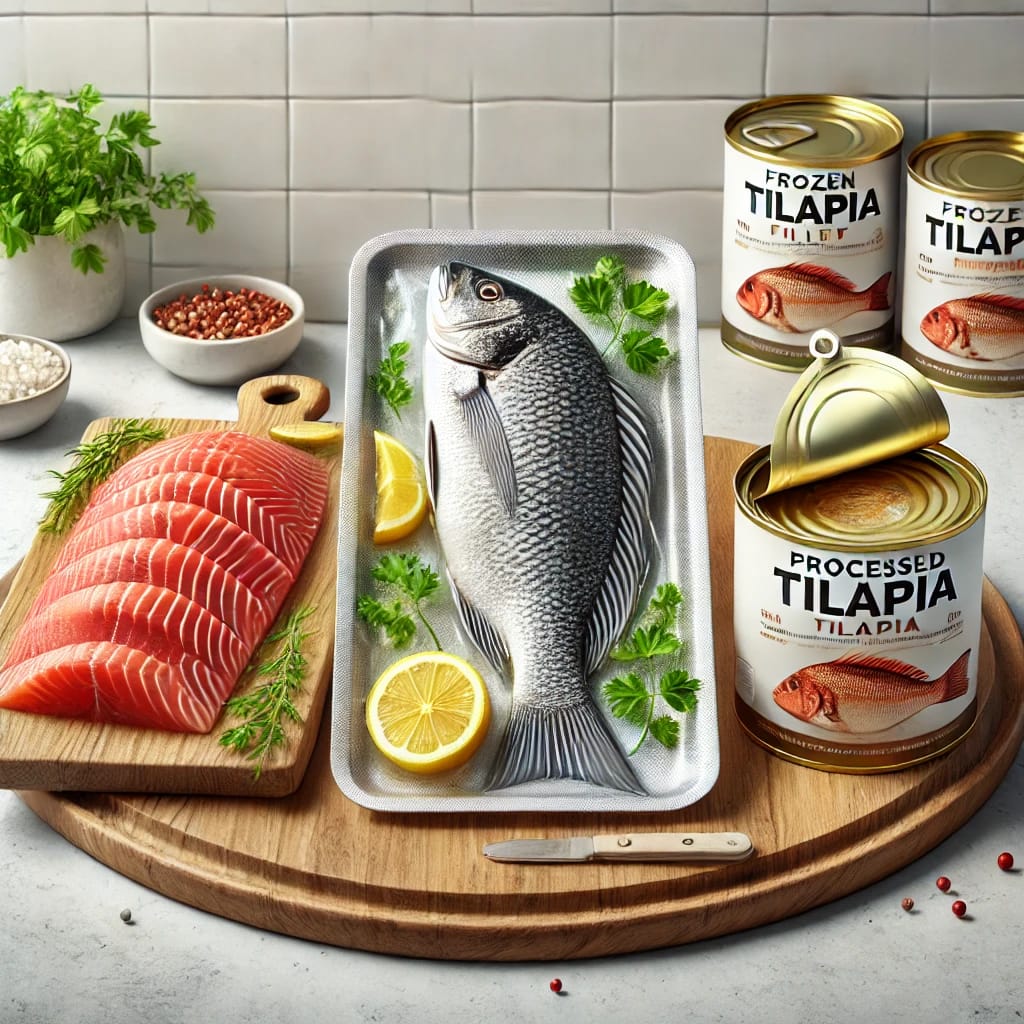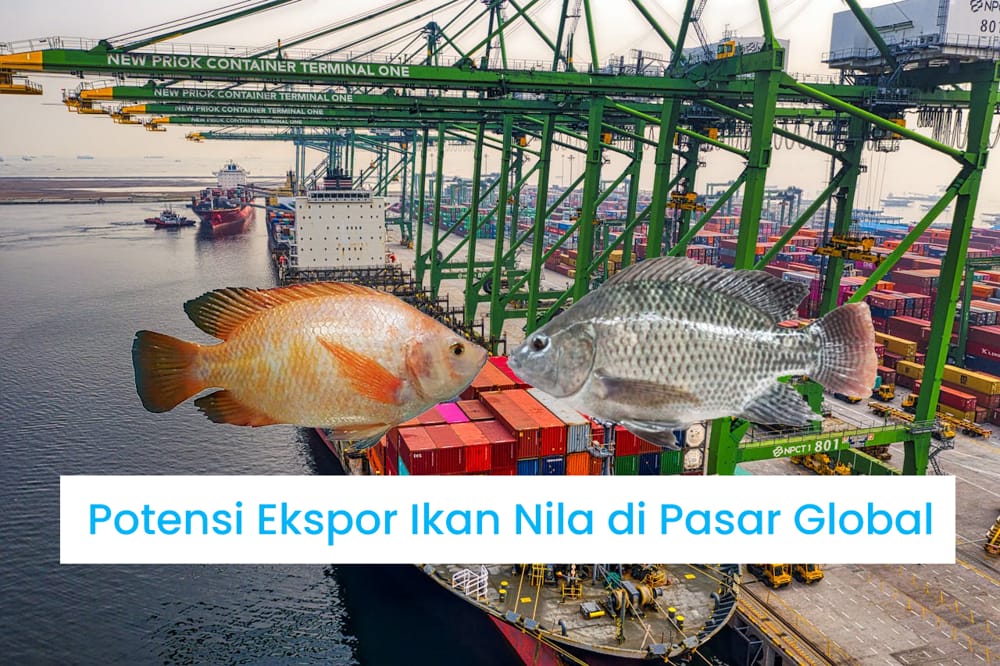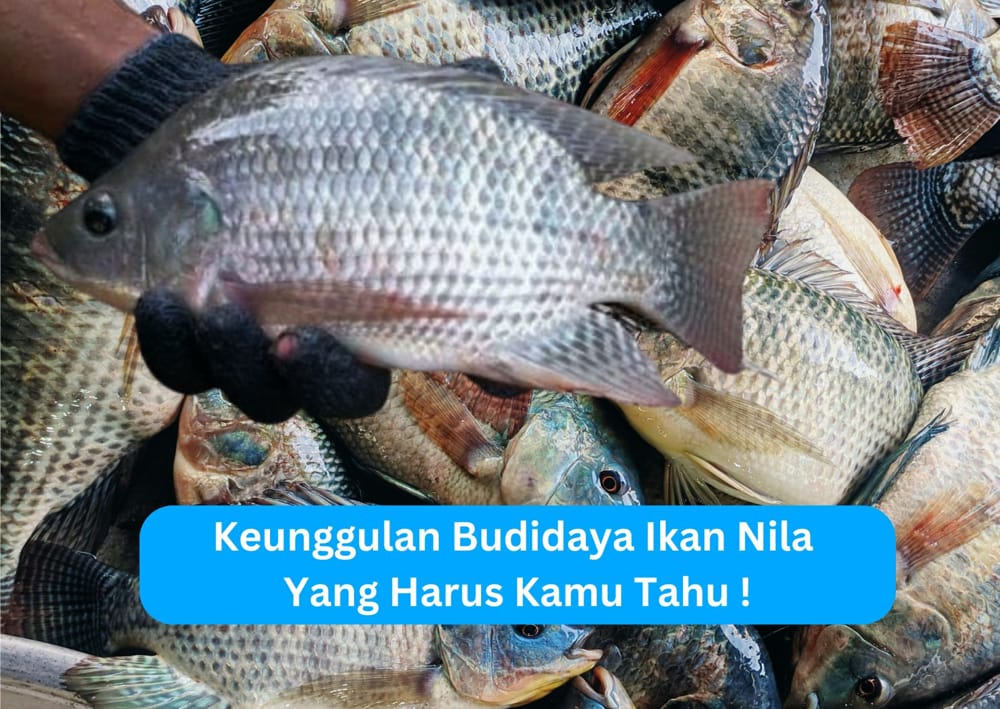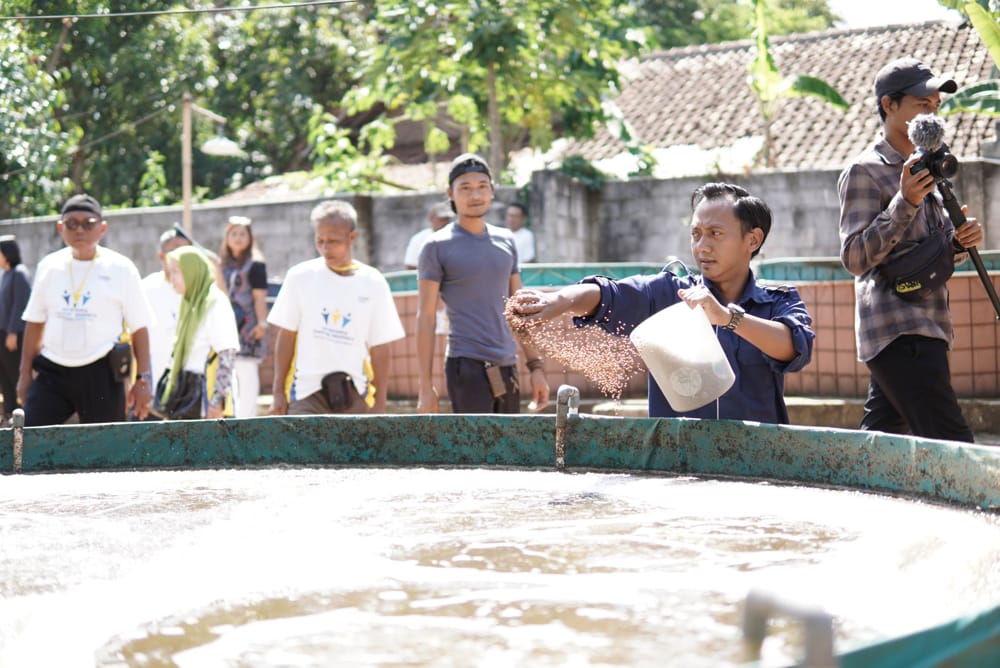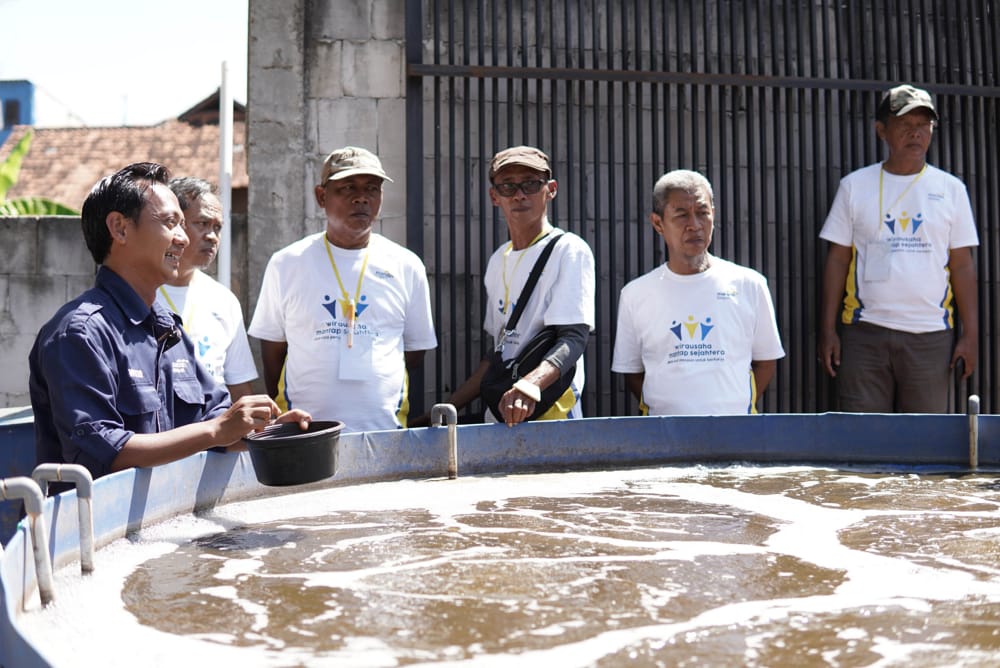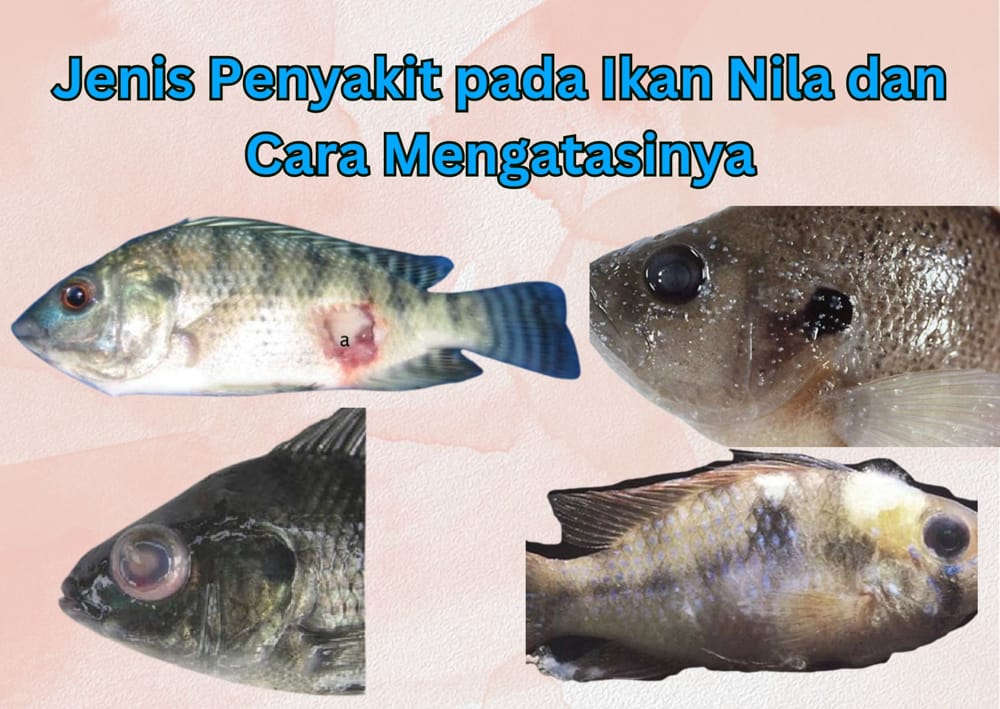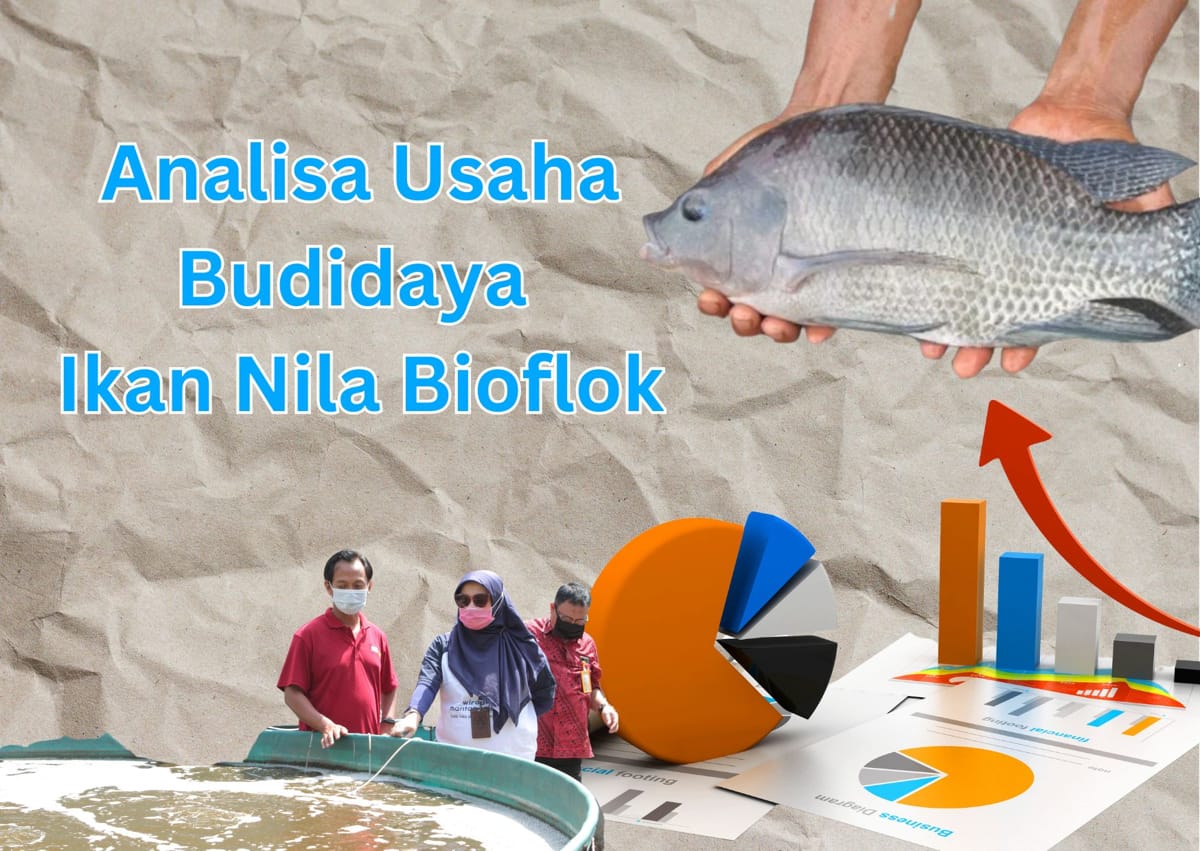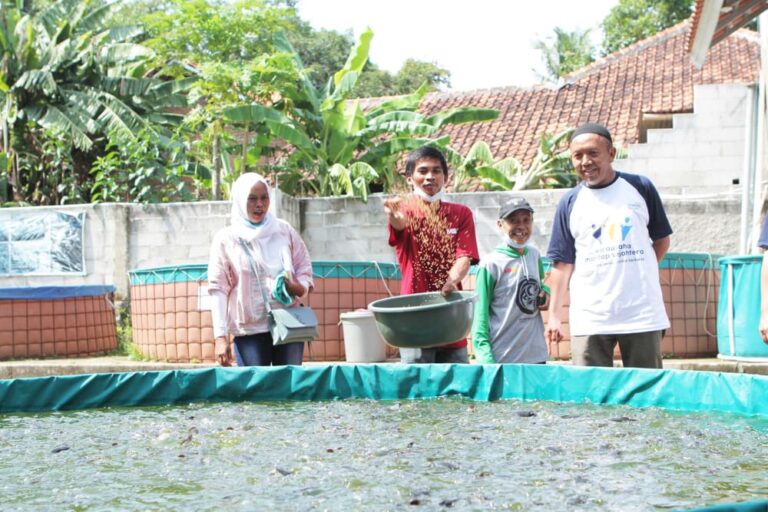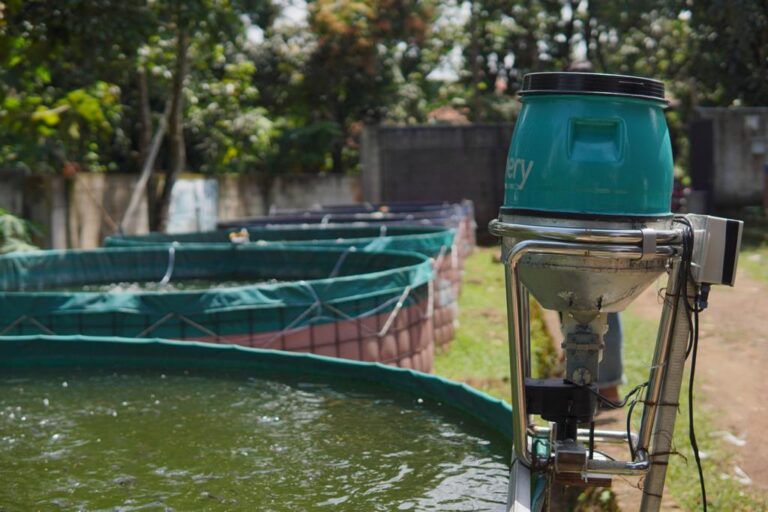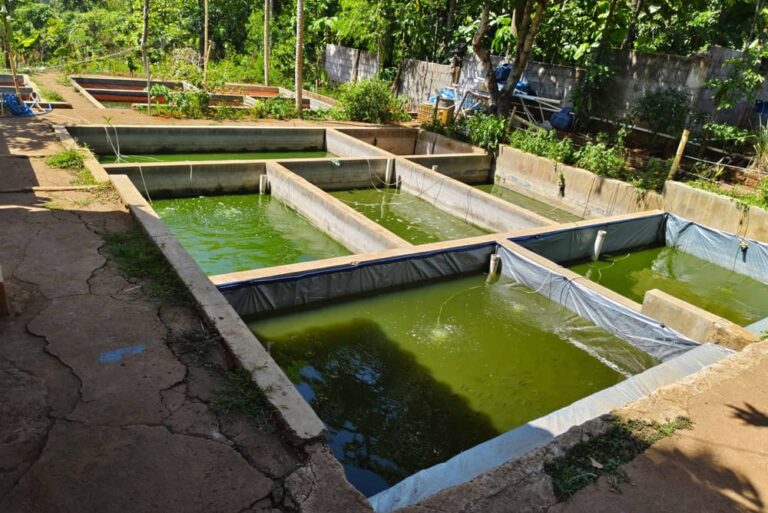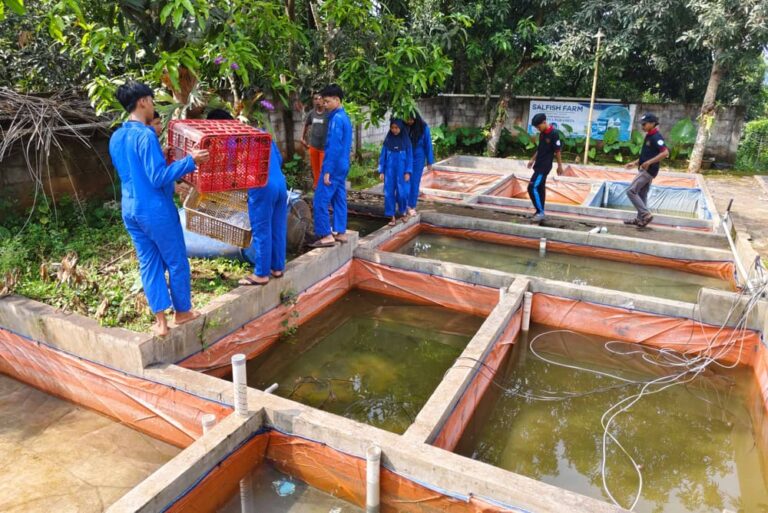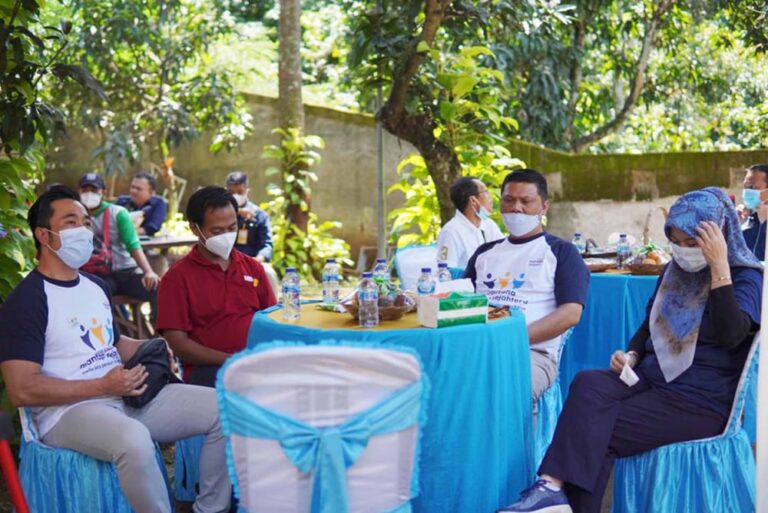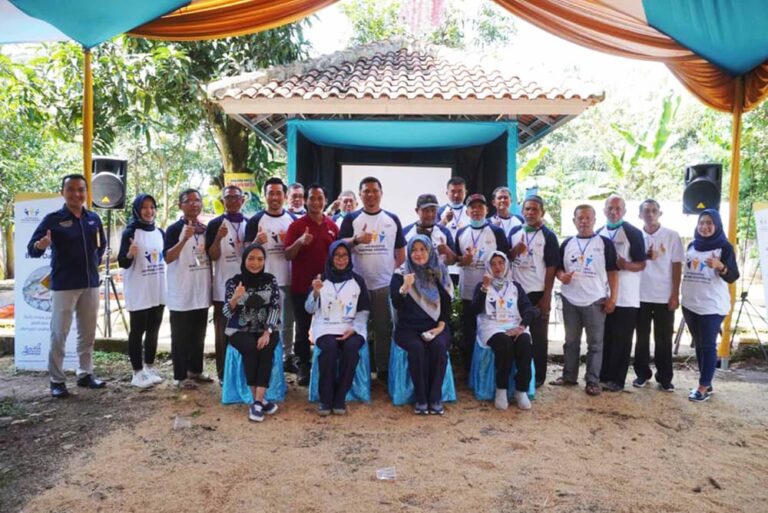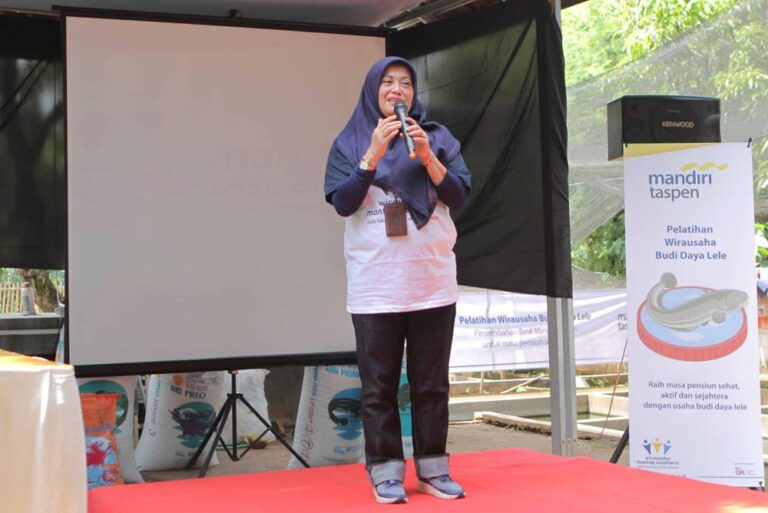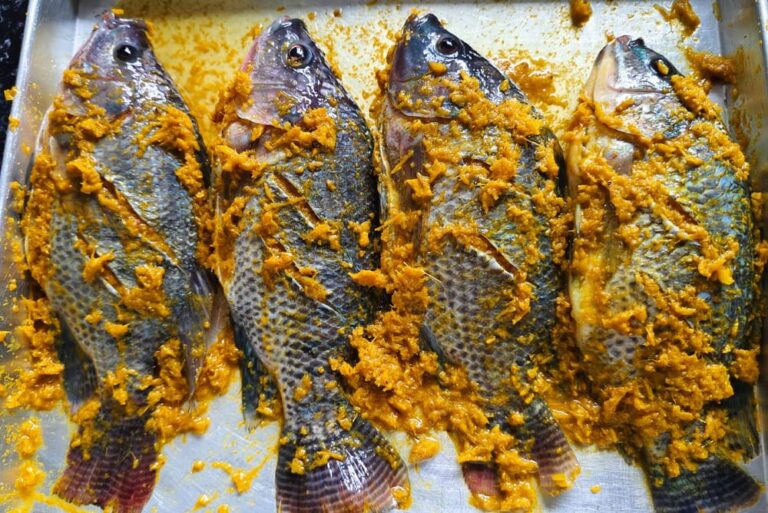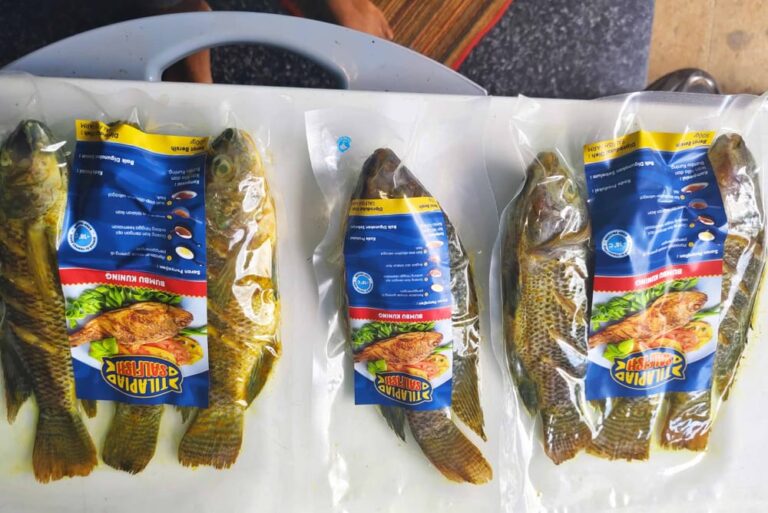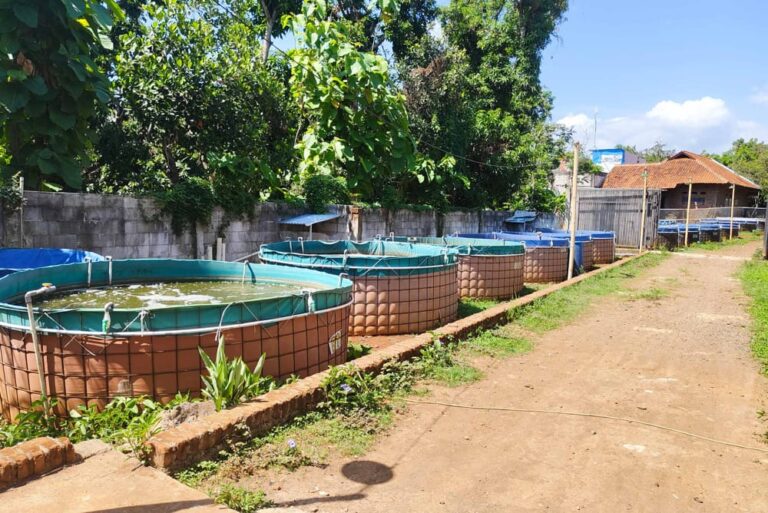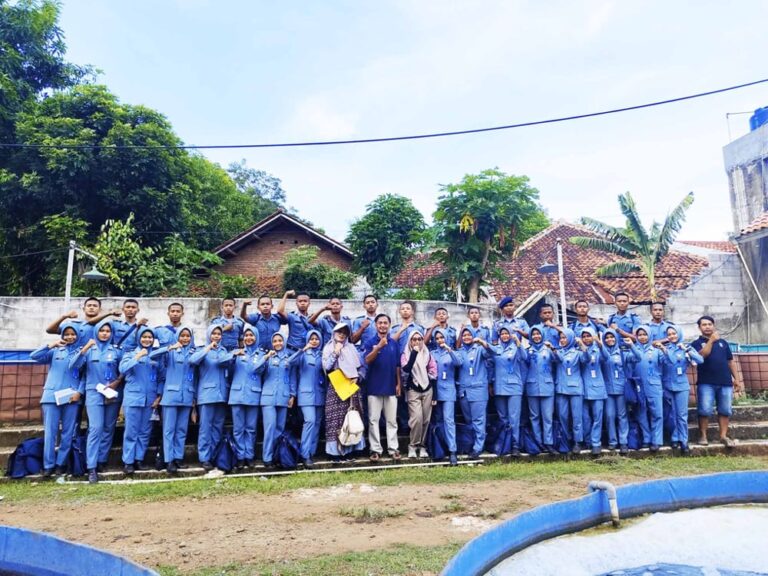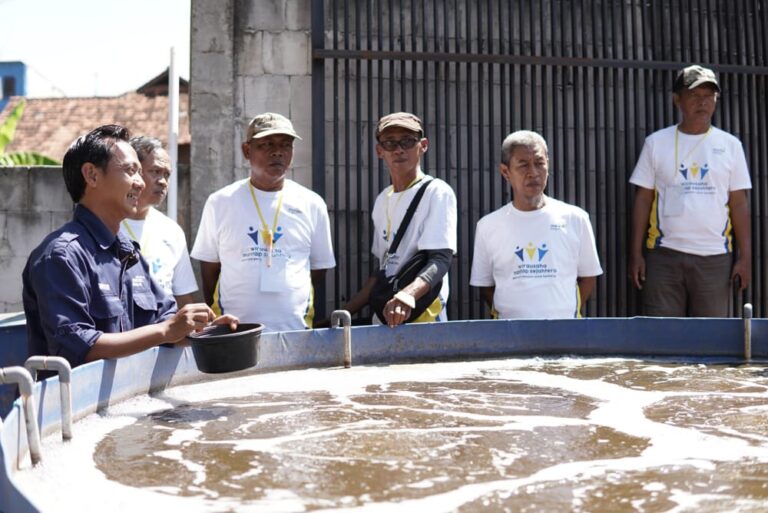Santara Fish

Ready-to-Eat Tilapia Fish
Learn more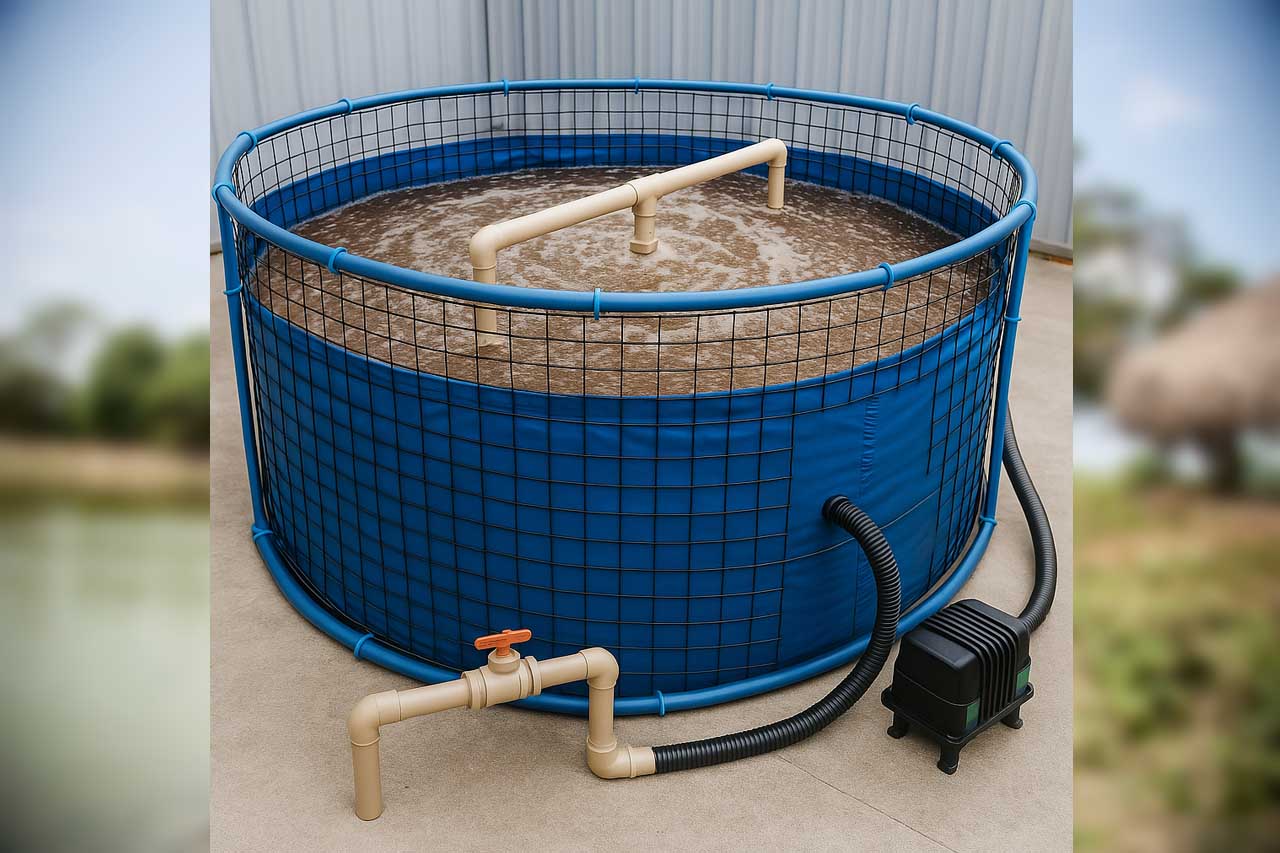
Tilapia Fish Farming Equipment
Learn more
Tilapia Fish Cultivation Training Using Biofloc System
Learn moreAdvantages of Biofloc System Ponds
1. Save Feed
2. More Efficient Water Use
3. Can be densely stocked with fish
4. Minimal Waste and Pollution
5. Improve Fish Health
6. Increase Productivity and Profit
Blogs and News
Mesin Aerasi Super Charger Solusi Efisiensi Oksigen Kolam Bioflok
Mesin Aerasi Super Charge: Solusi Efisiensi Oksigen untuk Kolam Bioflok Dalam sistem bioflok, oksigen terlarut…
Strategi Produk Olahan Ikan Nila Menembus Pasar Ekspor
Strategi Produk Olahan Ikan Nila Menembus Pasar Ekspor Ikan nila merupakan salah satu jenis ikan…
Potensi Ekspor Ikan Nila Peluang dan Tantangan di Pasar Global
Potensi Ekspor Ikan Nila Peluang dan Tantangan di Pasar Global Ikan nila (Oreochromis niloticus) merupakan…
Keunggulan Budidaya Ikan Nila Yang Harus Kamu Tahu
Keunggulan Budidaya Ikan Nila Yang Harus Kamu Tahu Ikan nila (Oreochromis niloticus) merupakan salah satu…
Complete Guide to Tilapia Fish Feed for Optimal Growth
Complete Guide to Tilapia Feed for Optimal Growth Feed is the main factor in the success of tilapia cultivation…
Tilapia Fish Breeding Training in Tarpaulin Ponds with Biofloc System
Tilapia Fish Farming Training in Tarpaulin Ponds with Biofloc System Tilapia fish farming training has become one of the…
Types of Diseases in Tilapia and How to Treat Them
Types of Diseases in Tilapia Fish and How to Treat Them Tilapia fish farming is one of the…
Analisa Usaha Budidaya Ikan Nila Bioflok
Analisa Usaha Budidaya Ikan Nila Bioflok Budidaya ikan nila merupakan salah satu peluang usaha yang…
Our Partners
"The tilapia from here is really high quality! The meat is fresh, thick, and doesn't smell of mud. I've tried it in various dishes such as grilled and fried, and it still tastes delicious and savory. Highly recommended for my culinary business. Will definitely order again!"
Budi Santoso
Seafood Restaurant Owner"The training on tilapia cultivation with the biofloc system was amazing! I, who initially had no experience, was able to immediately understand how biofloc works, from pond preparation, water management, to harvesting. Now, I can run my own business with much more efficient results. Thank you for the knowledge!"
Siti Rohmah
Beginner Tilapia Fish Farmer"The biofloc equipment I bought from here is really good quality! The aerator is powerful, the tarpaulin pond material is strong, and the filtration system really helps to keep the water clean. With this equipment, my tilapia farming is running smoother and the harvest is faster!"
Andi Wijaya
Large Scale Tilapia Fish Farmers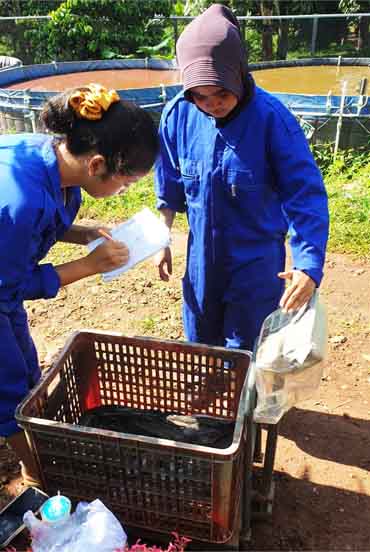
Biofloc System
Modern Cultivation Solution!
- Save Water
- Feed Efficiency
- Increase in Stocking Density
- Maintaining Water Quality
- Improve Fish Health
- Environmentally friendly
QUESTIONS ABOUT BIOFLOC SYSTEM OF TILE FISH FARMING
1. What is a biofloc system in tilapia cultivation?
The biofloc system is a fish farming method that relies on microorganisms to process organic waste into flocs that can be eaten by fish. This technology helps maintain water quality, save feed, and increase fish stocking density.
2. What are the main advantages of using a biofloc system for tilapia?
Some of the advantages of the biofloc system in tilapia cultivation include:
- Save water karena tidak perlu sering mengganti air.
- Higher feed efficiency, because fish can eat biofloc as an additional source of protein.
- Higher stocking density, allowing more fish in one pond.
- Reduces the risk of disease, because biofloc contains probiotic bacteria that suppress the growth of pathogens.
3. How to start tilapia cultivation with a biofloc system?
- Prepare a pond (tarpaulin, concrete, or fiberglass) with good aeration.
- Filling with water and adjusting environmental parameters such as temperature, pH, and oxygen levels.
- Add probiotics and carbon sources to form biofloc before fish are stocked.
- Spreading tilapia seeds after the biofloc system is stable.
- Conduct routine monitoring of water quality and fish growth.
4. What should be considered when maintaining tilapia using the biofloc system?
- Aeration must run 24 hours a day to maintain water quality and keep the biofloc suspended.
- Carbon sources such as molasses or bran should be provided periodically to support the growth of microorganisms.
- Fish stocking density should not be excessive to avoid stress and food competition.
- Regular water quality monitoring is important to ensure the balance of the pond ecosystem.
5. What are the challenges in cultivating tilapia using the biofloc system?
- Initial costs are higher because they require aeration equipment and a water monitoring system.
- Microorganism management is complex, so farmers need to understand the carbon-nitrogen ratio (C:N).
- The risk of too much floc, which can cause water quality to decline if not managed properly.
6. What type of feed is used in the biofloc system?
- Pellets with 25-35% protein content as the main feed.
- Biofloc itself is a natural supplementary feed that is rich in protein.
- Additional feed such as bran or fermented organic feed to increase fish growth.
7. How to maintain water quality in a biofloc system?
- Make sure aeration is working optimally to maintain dissolved oxygen.
- Control pH and ammonia by providing sufficient carbon sources.
- Maintain a balance between the number of flocks and the needs of the fish, if there are too many flocks, partial filtration can be carried out.
- Monitor the water temperature to keep it within the ideal range (26-30°C).
Have other questions? Contact us




